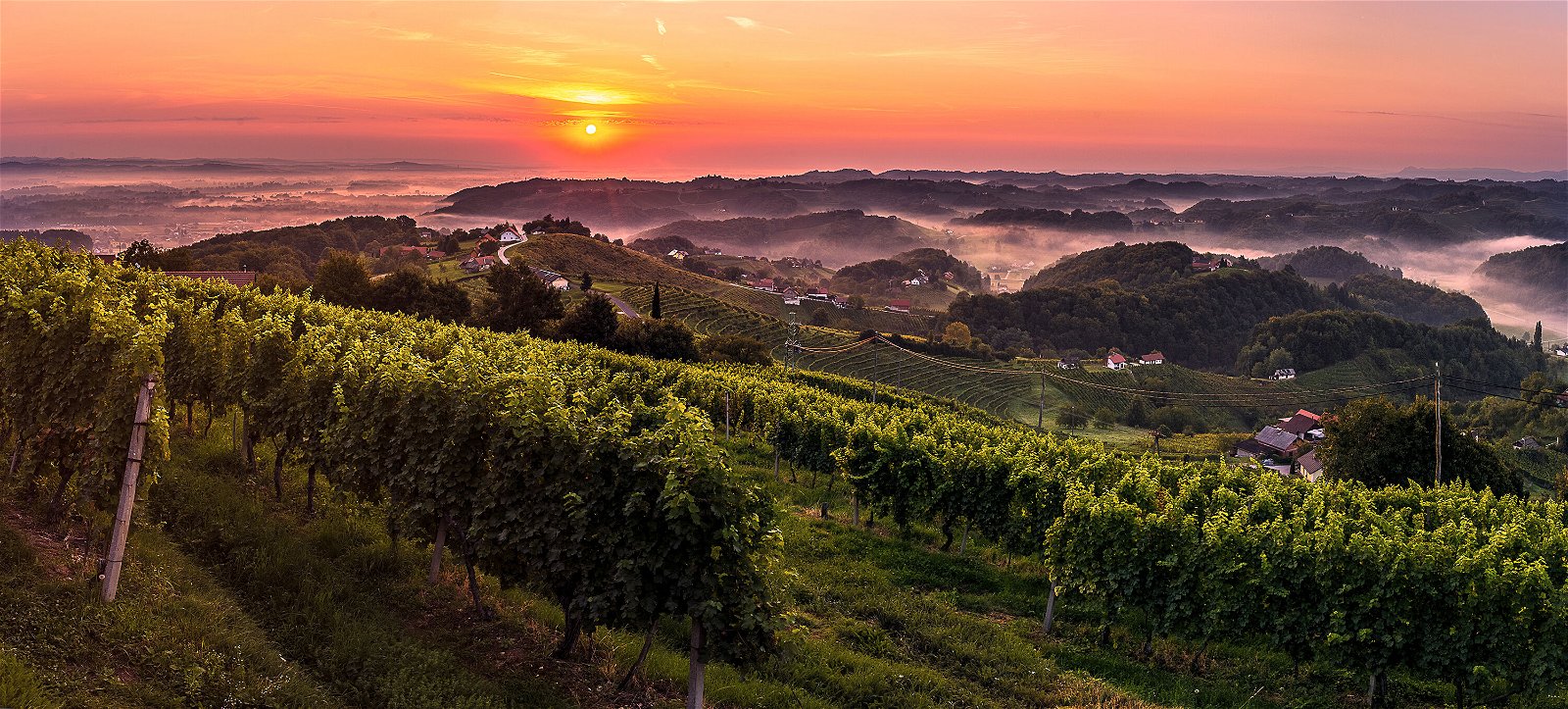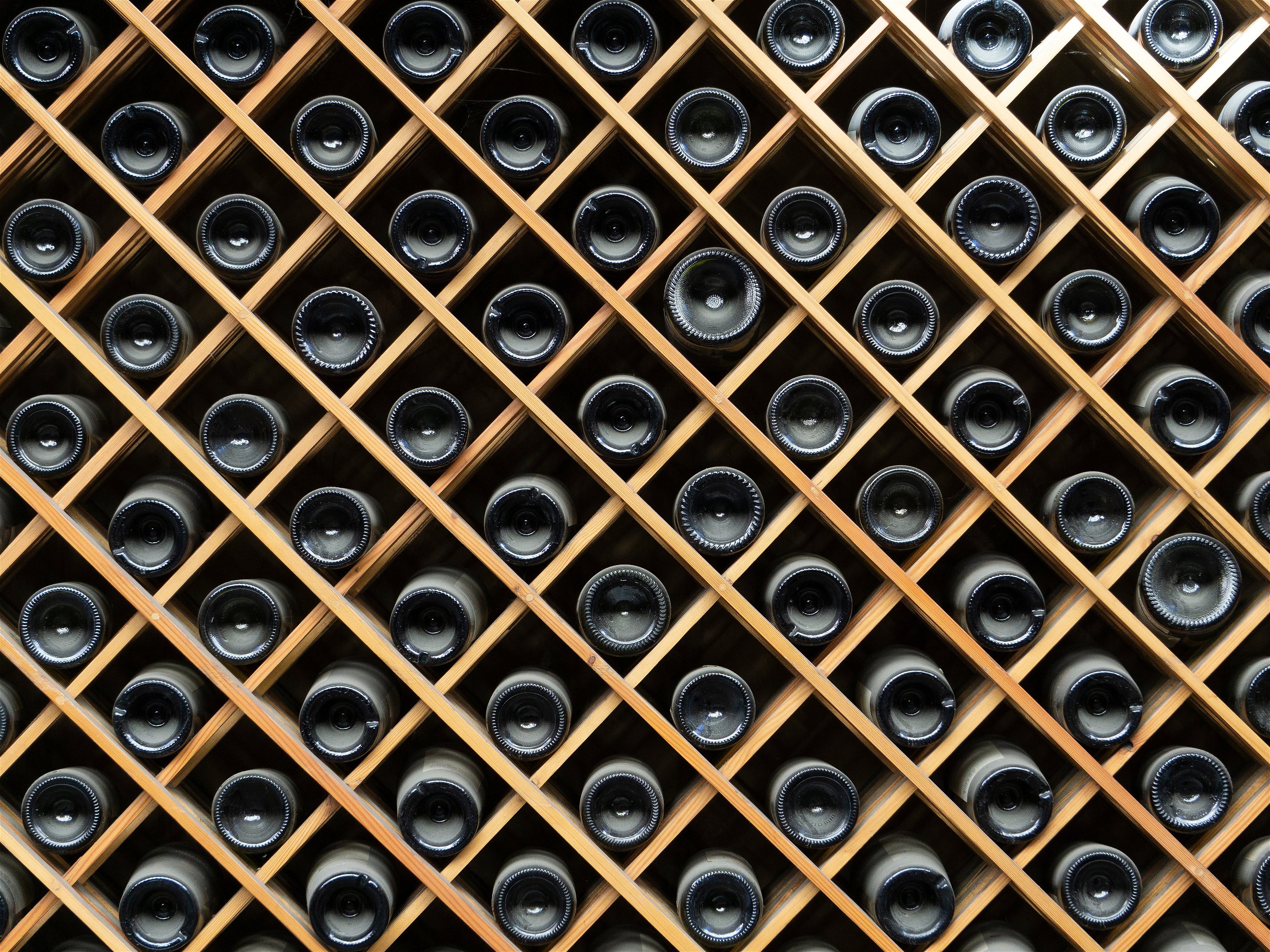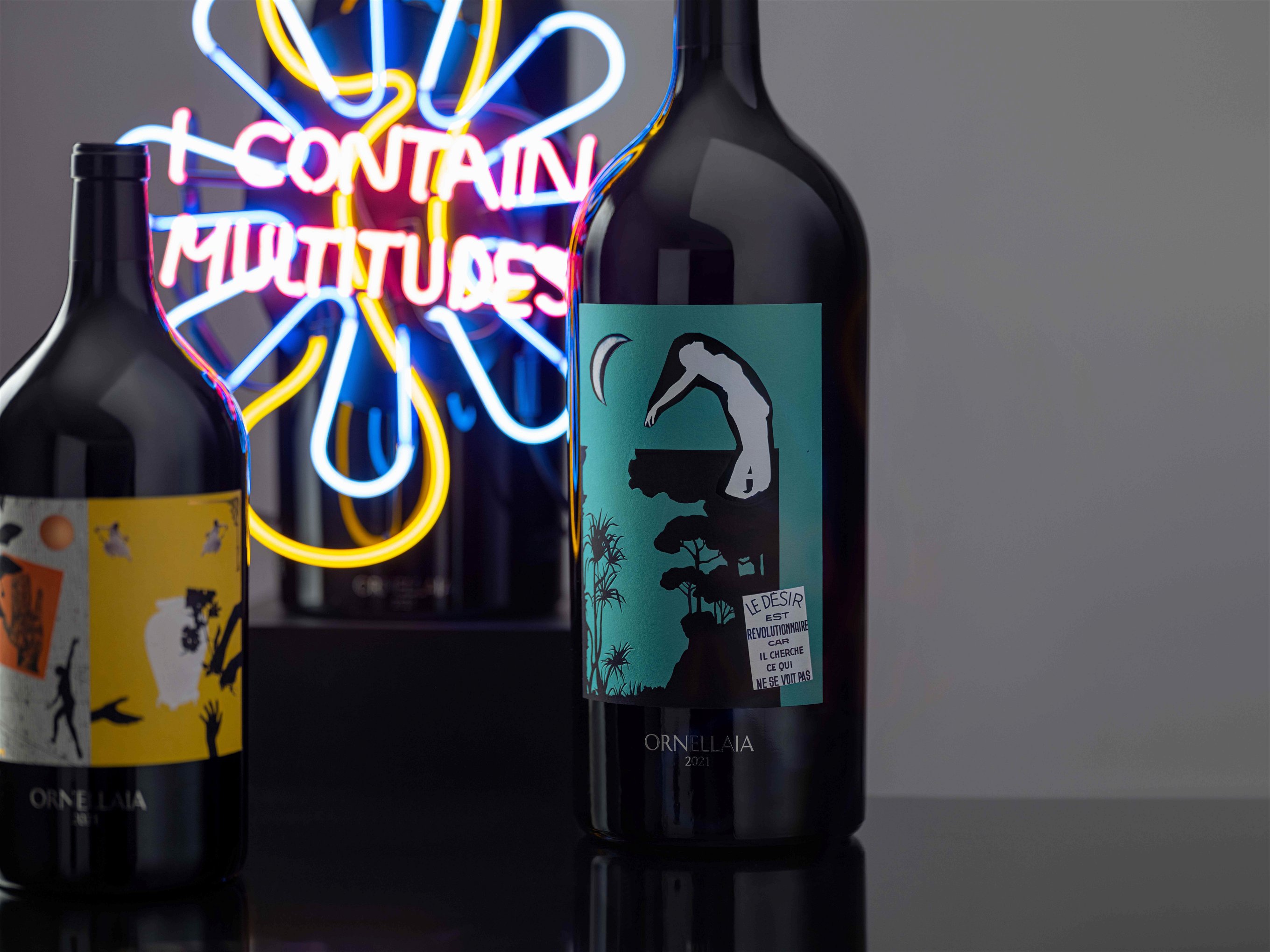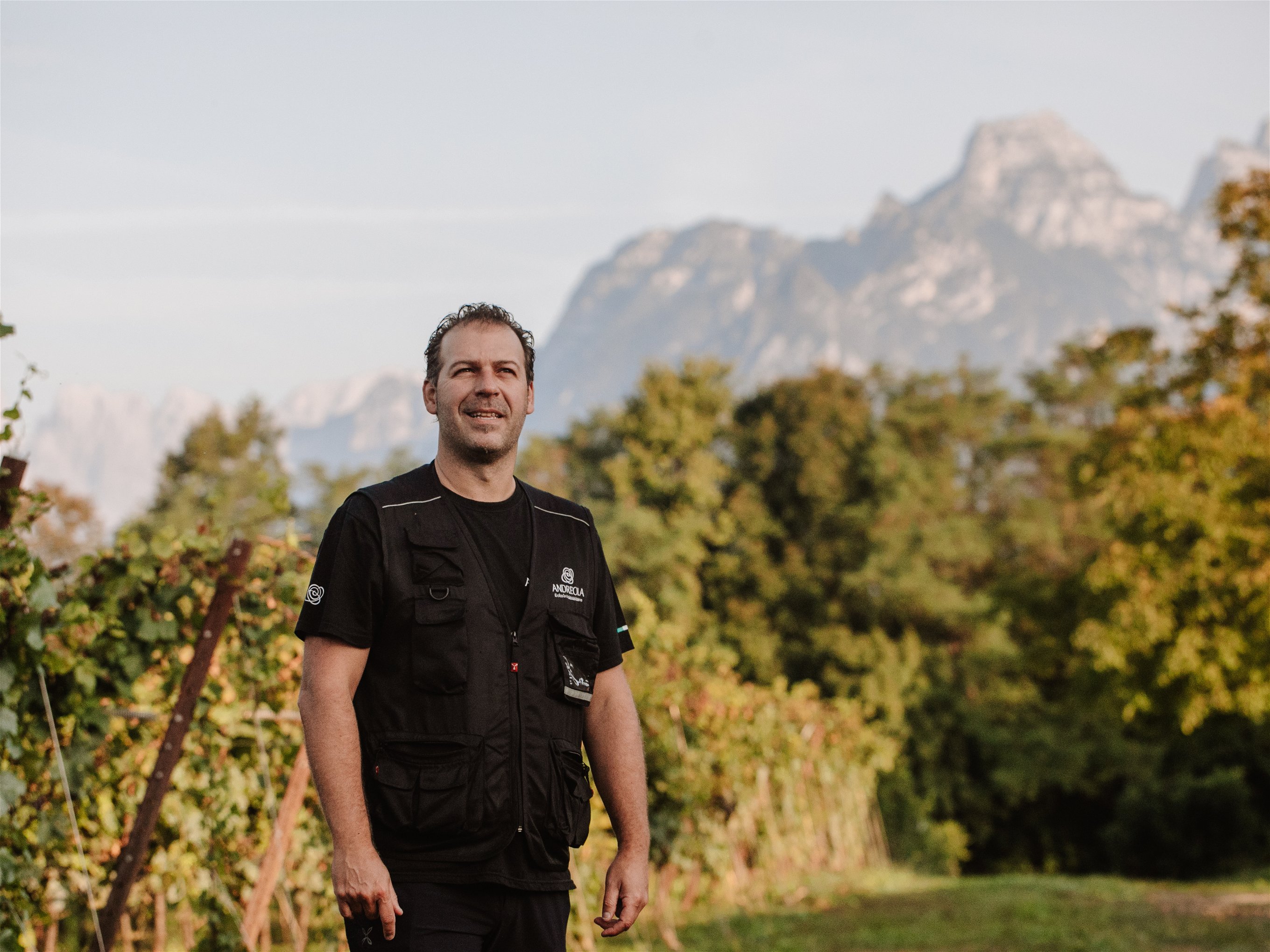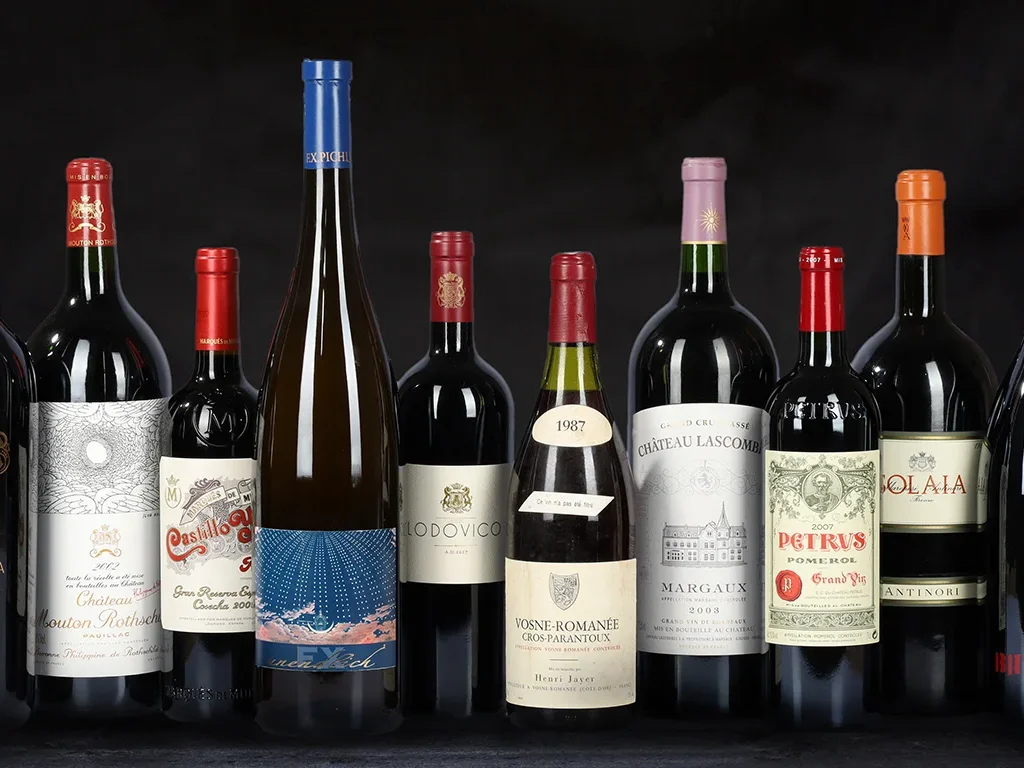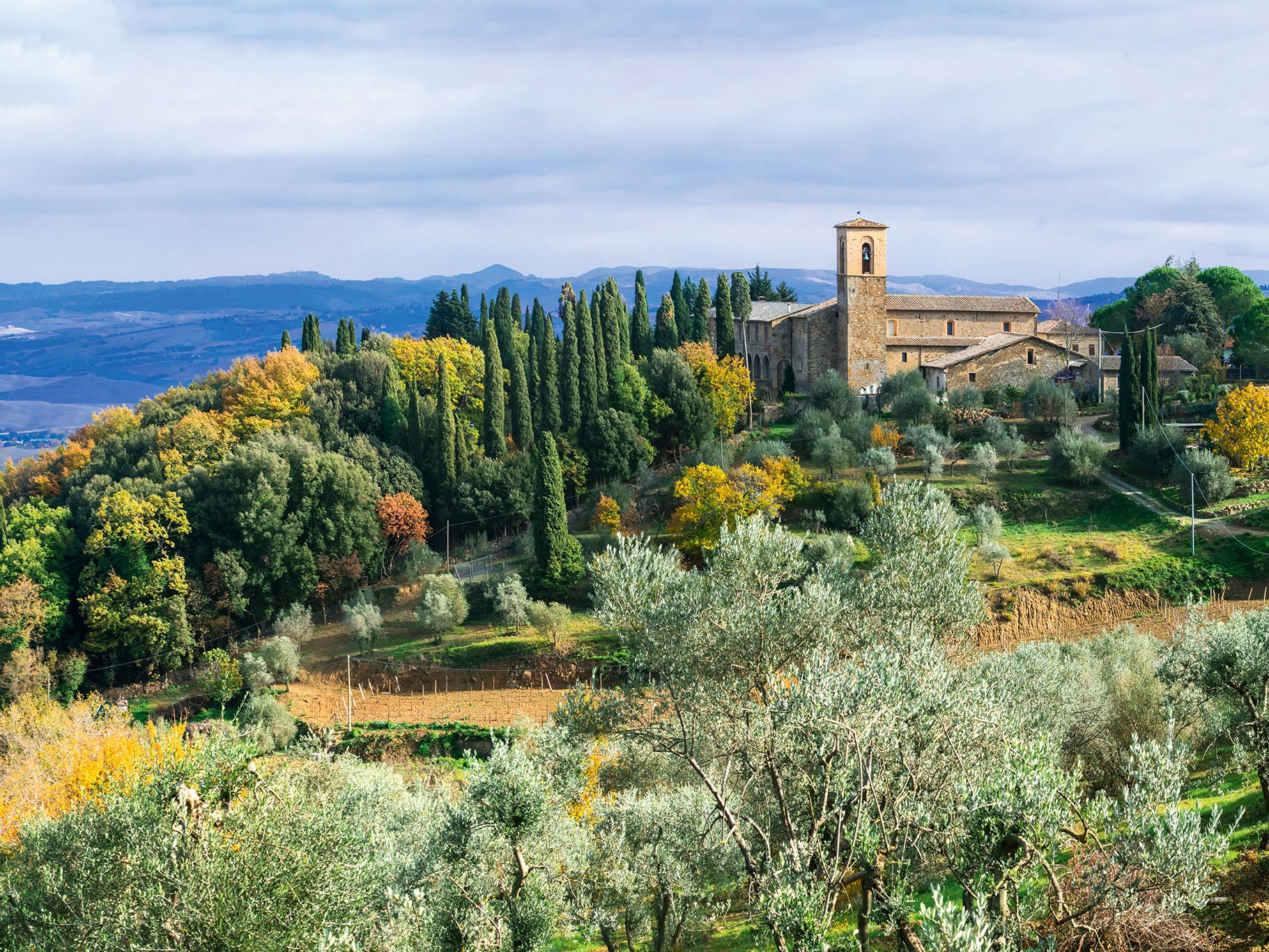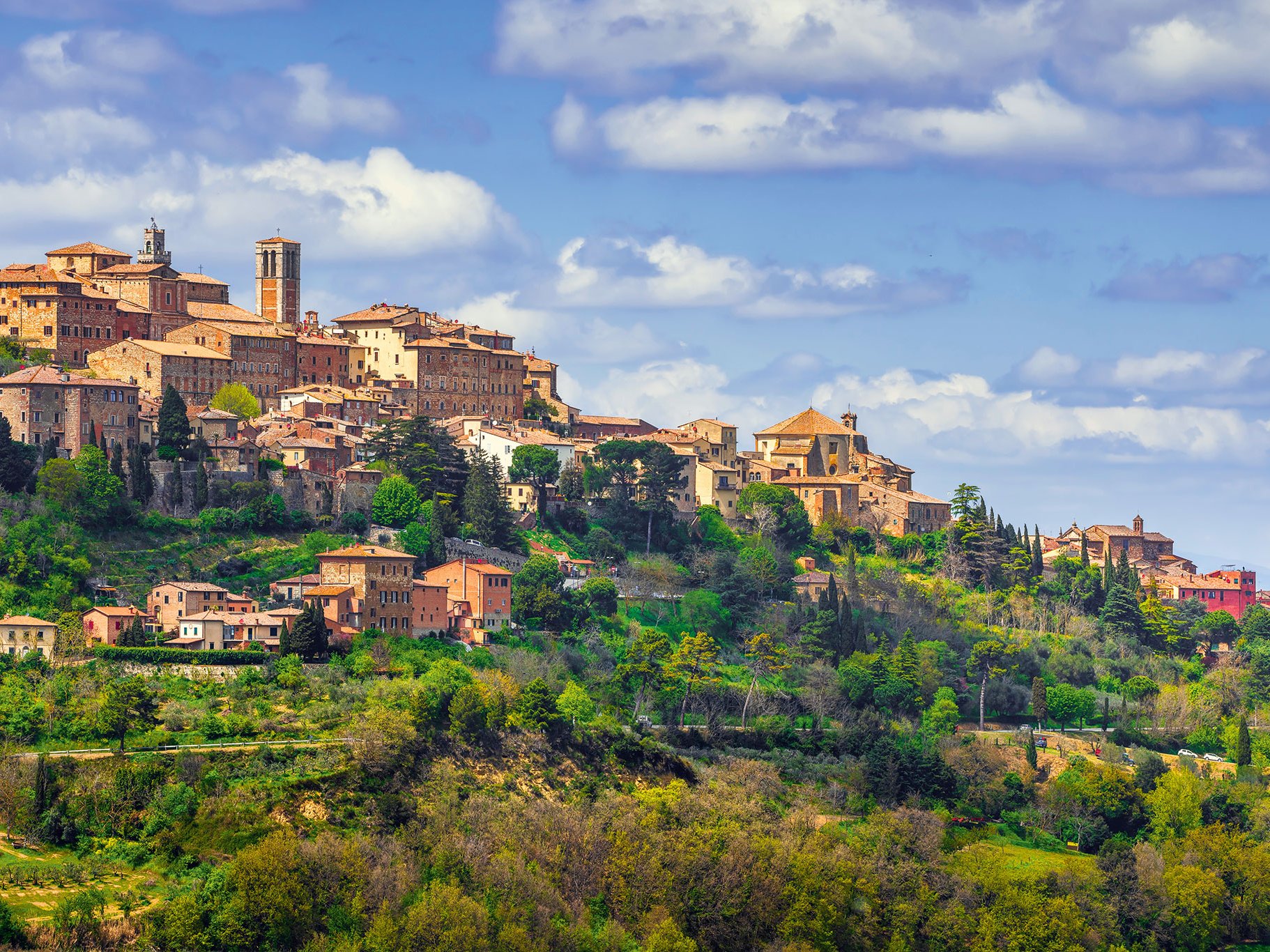Slovenia, as part of the former Yugoslavia, is one of the best and most exciting wine-growing regions in Eastern Europe, and also one of the oldest. As early as 2400 BC, the Celts were producing wine here.
Slovenia experienced a great qualitative improvement with its independence in 1991, in part because wine growers from Styria recognised the great ageing potential of the country and took over or planted vineyards here. Slovenia's vineyards cover about 16,000 hectares, divided into three main regions: the Drava Valley in the northwest on the border with Austria, the Adriatic Coastal Region, a kind of extension of the Italian region of Friuli, and the Sava Valley in the southeast on the border with Croatia.
Excellent wines come mainly from the first two regions, and experts even tend to think that the Slovenian coastal part of the Adriatic has even more ageing potential than the neighbouring Collio on the Italian side. Climatically, Slovenia benefits in particular from a charming interplay of warm Mediterranean influences from the Adriatic on the one hand, and cold air currents from the nearby Alps on the other.
Further inland, the climate is more continental, but there is usually sufficient rainfall in spring, followed by warm and dry summers. The range of grape varieties is also quite diverse. The Drau Valley is known and famous for its wines made from Furmint and Welschriesling, and the municipality of Jeruzalem can even boast remarkable Beeren- and Trockenbeerenauslesen here.
The coastal region produces wines analogous to its neighbour Friuli, from Sauvignon Blanc and Chardonnay, but also remarkable red wines from Merlot and Pinot Noir. The Saval Valley is more known for its inexpensive wine production on a large scale.
Overall, white wine predominates with over 70%. The high level of domestic consumption also means that wines from Slovenia are relatively unknown outside the country, but are increasingly gaining importance on the European market.
The cuisine of Slovenia is colourful, but rather rustic in character. The most popular dishes are, for example, Krainer sausage or "potica", a rolled cake made of yeast dough with various sweet fillings. Most of these dishes are cooked with ingredients from the surrounding countryside. In cities like Ljubljana, however, restaurants and inns have given many traditional Slovenian dishes a modern update.
